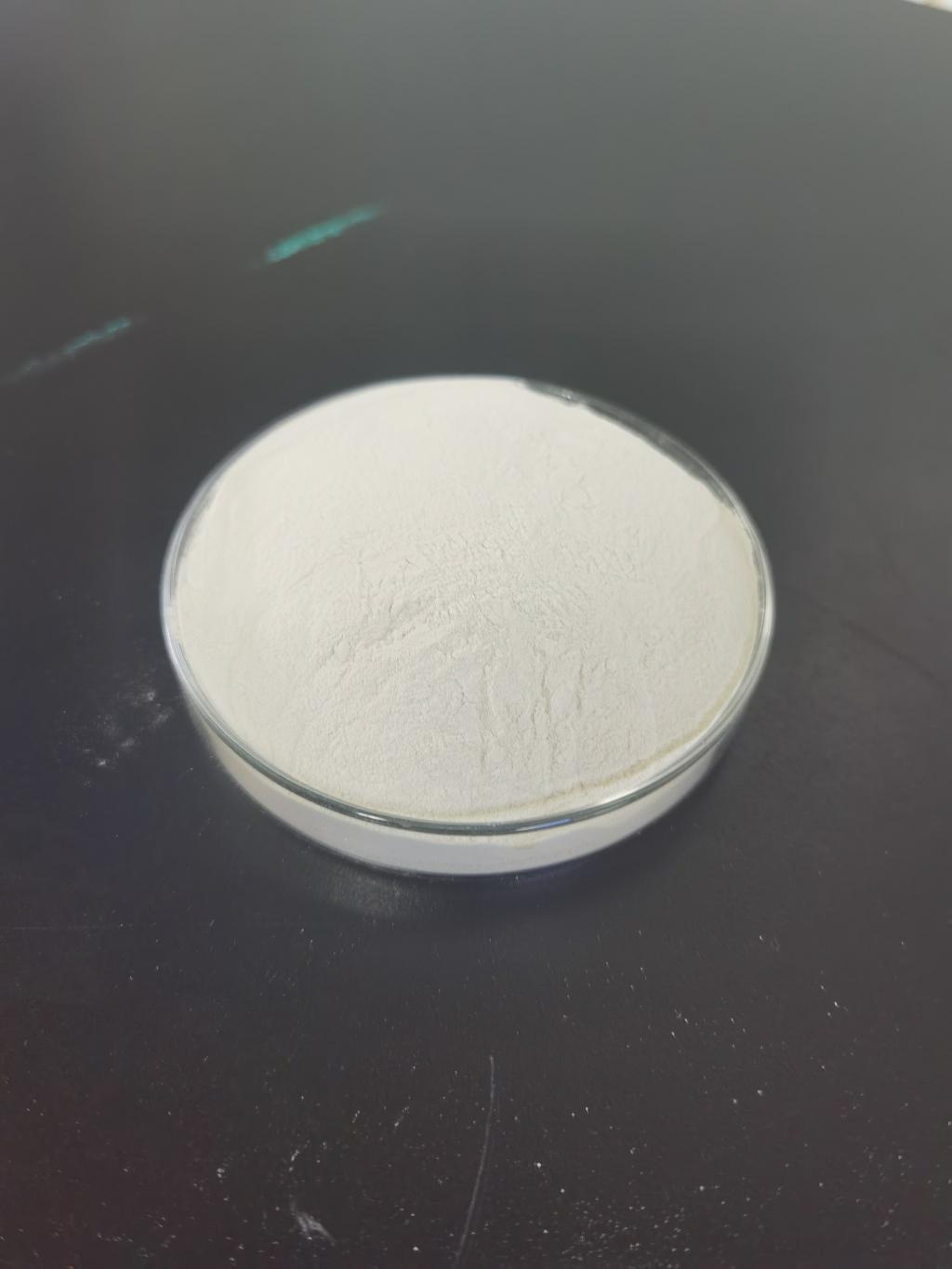Tel:+8618231198596

News
 CONTACT
CONTACT
 CONTACT
CONTACT
- Linkman:Linda Yao
- Tel: +8618231198596
- Email:linda.yao@dcpharma.cn
- Linkman:CHARLES.WANG
- Department:Overseas
- Tel: 0086 0311-85537378 0086 0311-85539701
News
Enhancing Food Quality with Nisin-Based Preservation.
TIME:2023-08-31
Nisin: A Natural Preservation Tool
Nisin, a naturally occurring antimicrobial peptide derived from Lactococcus lactis, has garnered attention for its potent inhibitory effects against a broad spectrum of Gram-positive bacteria. Beyond its well-documented antimicrobial properties, nisin is now being recognized as an effective tool for enhancing food quality by extending shelf life and preserving sensory attributes.
Mechanisms of Nisin-Based Preservation
Nisin operates through a multifaceted mechanism that disrupts bacterial cell membranes. When introduced into a food matrix, nisin targets harmful bacteria, preventing their growth and reproduction. By forming pores in bacterial membranes, nisin leads to leakage of essential cellular components, ultimately causing cell death. This mechanism ensures that spoilage and pathogenic bacteria are kept at bay, contributing to improved food quality and safety.
Applications of Nisin-Based Preservation
1. Dairy Products:
Dairy items, such as cheese, yoghurt, and milk, are susceptible to bacterial contamination that can result in spoilage and off-flavors. Nisin's incorporation in these products inhibits the growth of spoilage bacteria, thereby extending shelf life while retaining their intended taste and texture.
2. Meat and Poultry:
Nisin's effectiveness against various foodborne pathogens makes it valuable for preserving the quality of meat and poultry products. By preventing the growth of harmful bacteria, nisin-based preservation ensures that these protein-rich foods remain safe and appetizing for consumers.
3. Ready-to-Eat Meals:
Ready-to-eat meals are convenient options but often face challenges related to microbial contamination during processing and storage. Nisin-infused preservation can enhance the safety and maintain the quality of these meals, meeting consumer expectations for both convenience and taste.
4. Bakery Products:
Bakery products, particularly those with high moisture content, are susceptible to mold growth. Nisin's anti-mold properties can extend the freshness of bread, pastries, and other baked goods, reducing waste and improving consumer satisfaction.
Benefits of Nisin-Based Preservation
1. Extended Shelf Life:
Nisin's ability to inhibit bacterial growth significantly extends the shelf life of various food products. This benefit not only reduces food waste but also allows consumers to enjoy products for a longer duration.
2. Retained Sensory Attributes:
Unlike some traditional preservation methods that can alter taste, texture, or color, nisin-based preservation maintains the sensory attributes of food products, ensuring that consumers experience the intended quality.
3. Reduced Reliance on Chemical Additives:
By offering an effective natural alternative, nisin-based preservation reduces the need for chemical additives that consumers are increasingly avoiding due to health and environmental concerns.
Challenges and Considerations
1. Dosage Optimization:
Determining the appropriate concentration of nisin to achieve optimal preservation effects without negatively affecting taste or safety is a crucial consideration.
2. Packaging and Delivery:
Effective incorporation of nisin into food products requires suitable packaging and delivery methods to ensure even distribution and controlled release.
3. Regulatory Approval:
As with any new food technology, regulatory approval and establishing acceptable usage levels are essential steps in adopting nisin-based preservation.
4. Consumer Awareness:
Educating consumers about the benefits and safety of nisin-based preservation is important to gain acceptance and confidence in this approach.
Future Outlook
As consumer demand for natural and minimally processed foods continues to rise, nisin-based preservation holds a promising future. Research and development efforts are focused on optimizing its application across a variety of food products, addressing challenges, and ensuring regulatory compliance. The successful integration of nisin-based preservation not only enhances food quality and safety but also aligns with the industry's commitment to providing sustainable and consumer-friendly solutions.
Conclusion
Nisin-based preservation represents a significant advancement in the realm of food quality enhancement. By harnessing nisin's antimicrobial properties, the food industry has the opportunity to extend the shelf life of products while preserving their sensory attributes. This approach not only aligns with consumer preferences for natural and clean-label products but also contributes to reducing food waste and promoting a more sustainable food supply chain. As research and technology continue to evolve, nisin-based preservation is poised to become a cornerstone in the effort to deliver safe, high-quality, and satisfying food products to consumers around the world.
- Tel:+8618231198596
- Whatsapp:18231198596
- Chat With Skype







